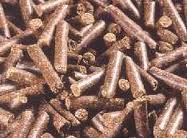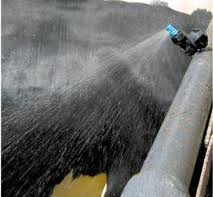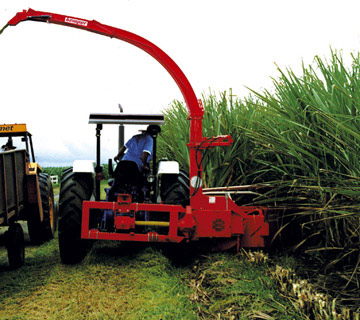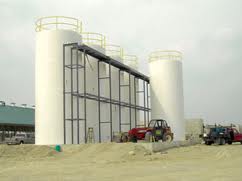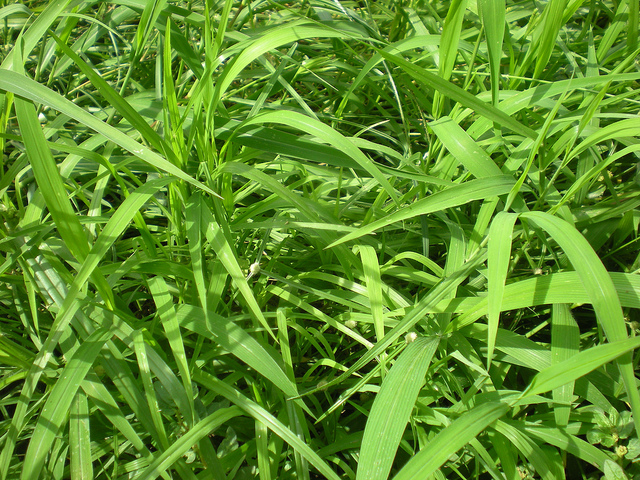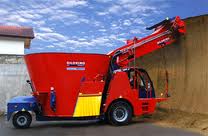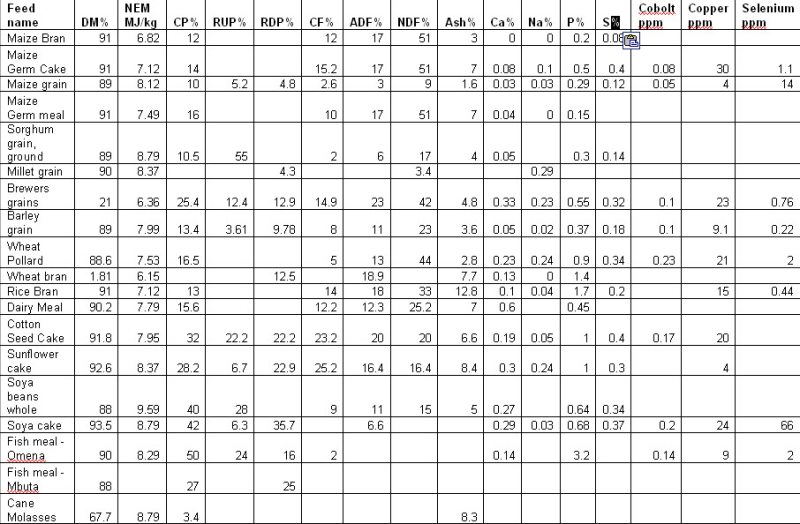Food, Water and Equipments
In the US, most cows/herds of cows increased milk production when owners provided feeds to cows in the form of a TMR even if they used the same feeds that they had previously fed, but as separate feeds. Most feeds can be used in a TMR, but attention must be given to the balance of the feeds to meet the cows’ needs as well as how the feeds are mixed in the TMR mixer so the feeds are adequately mixed. Adequate mixing means mixing a sufficient amount of time to get every thing mixed well, but not too much time which will cause the fiber in forages (hay, silage, straw) to become too small.
Profile: Silo Guard II® is a unique patented approach to the treatment of forage. This product, which contains enzymes and sulfur compounds, acts very differently than any other forage additive. In addition to being a catalyst to enhance good fermentation, Silo Guard II® reduces the spoilage caused by undesirable bacteria yeasts and molds. This product is effective on all types of silages, high moisture grains and baled hay.
Under dry seasonal or drought conditions around Australia, many farmers are looking at options to reduce their water consumption in the dairy. For many this is a direct result of reduced access to water, for others it is an attempt to ensure water supplies are maintained for as long as possible.
In 2000, a survey of dairy farmers found the most efficient dairy sheds used under 2,000 litres of water per cow each year. At the other end of the scale, the most water used was 38,000 litres per cow each year – almost 20 times more than the best performers. The average was 9,600 litres per cow each year.
This large variation in water use in dairies indicates that there are opportunities to save water and costs on many farms. For example, re-using dairy water offers large benefits, such as recycling yard wash water or plate cooler water.
Under dry seasonal or drought conditions around Australia, many farmers are looking at options to reduce their water consumption in the dairy. For many this is a direct result of reduced access to water, for others it is an attempt to ensure water supplies are maintained for as long as possible.
In 2000, a survey of dairy farmers found the most efficient dairy sheds used under 2,000 litres of water per cow each year. At the other end of the scale, the most water used was 38,000 litres per cow each year – almost 20 times more than the best performers. The average was 9,600 litres per cow each year.
This large variation in water use in dairies indicates that there are opportunities to save water and costs on many farms. For example, re-using dairy water offers large benefits, such as recycling yard wash water or plate cooler water.
Under dry seasonal or drought conditions around Australia, many farmers are looking at options to reduce their water consumption in the dairy. For many this is a direct result of reduced access to water, for others it is an attempt to ensure water supplies are maintained for as long as possible.
In 2000, a survey of dairy farmers found the most efficient dairy sheds used under 2,000 litres of water per cow each year. At the other end of the scale, the most water used was 38,000 litres per cow each year – almost 20 times more than the best performers. The average was 9,600 litres per cow each year.
This large variation in water use in dairies indicates that there are opportunities to save water and costs on many farms. For example, re-using dairy water offers large benefits, such as recycling yard wash water or plate cooler water.
Under dry seasonal or drought conditions around Australia, many farmers are looking at options to reduce their water consumption in the dairy. For many this is a direct result of reduced access to water, for others it is an attempt to ensure water supplies are maintained for as long as possible.
In 2000, a survey of dairy farmers found the most efficient dairy sheds used under 2,000 litres of water per cow each year. At the other end of the scale, the most water used was 38,000 litres per cow each year – almost 20 times more than the best performers. The average was 9,600 litres per cow each year.
This large variation in water use in dairies indicates that there are opportunities to save water and costs on many farms. For example, re-using dairy water offers large benefits, such as recycling yard wash water or plate cooler water.
Under dry seasonal or drought conditions around Australia, many farmers are looking at options to reduce their water consumption in the dairy. For many this is a direct result of reduced access to water, for others it is an attempt to ensure water supplies are maintained for as long as possible.
In 2000, a survey of dairy farmers found the most efficient dairy sheds used under 2,000 litres of water per cow each year. At the other end of the scale, the most water used was 38,000 litres per cow each year – almost 20 times more than the best performers. The average was 9,600 litres per cow each year.
This large variation in water use in dairies indicates that there are opportunities to save water and costs on many farms. For example, re-using dairy water offers large benefits, such as recycling yard wash water or plate cooler water.
Out-of-parlour feeders may seem like yesterday's fad yet, according to Mark Holiday and Duncan Rose of Carrs Billington, they may yet prove a cost-effective way of maximising profits on many family-run farms.













